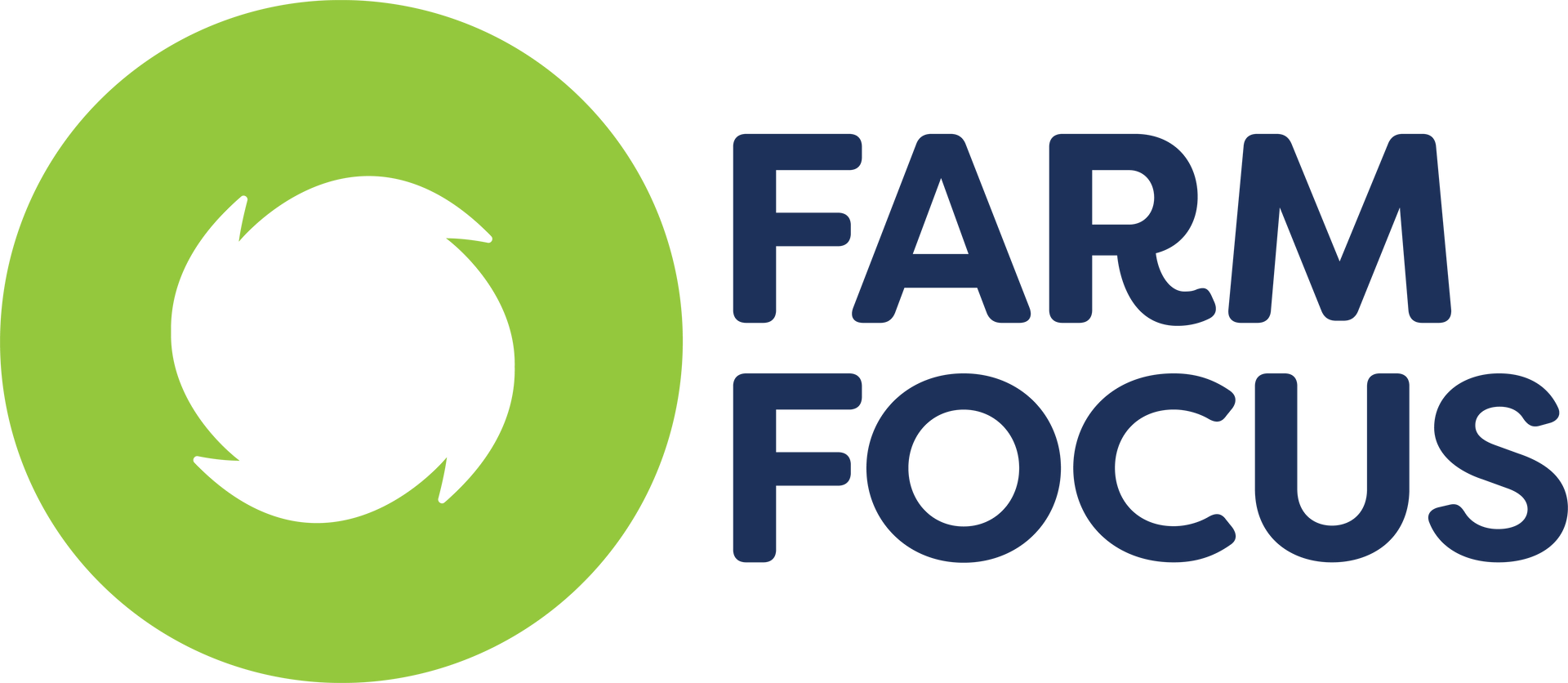Free Trade & TTPA
The Trans-Pacific Partnership Agreement (TPPA) is a hot topic at the moment but free trade is at the centre of what the twelve nations are trying to achieve.
Wouldn't it a better place if there were no restrictions on our trade? Quotas and tariffs are designed simply to protect the country that imposes them for the benefit of those industries that perhaps can't produce a commodity as cost efficiently as others that wish to export to the country that needs the product.
Let the market forces decide! If there is a demand for a product, people will supply it. The price will be what a willing buyer and willing seller agree. Get back to basics.
Supply and demand – an economic theory, the relation between these two factors determines the price of a commodity. This relationship is thought to be the driving force in a free market. As demand for an item increases, prices rise. When manufacturers respond to the price increase by producing a larger supply of that item, this increases competition and drives the price down. Stated another way, generally, if there is a low supply and a high demand, the price will be high. In contrast, the greater the supply and the lower the demand, the lower the price will be.
Tariffs and Quotas upset the free market. What is your competitive advantage when you make something? Is it the natural resources available - the sun, rain and wind? Or is it intellectual property (IP) the know-how and can do we possess? We have an abundance of wind that makes wind farming cost efficient. We have large green spaces and the conversion of grass into milk is legendary around the world. Providing subsidies to farmers to grow nothing (fallow fields) has long been a bone of contention. Who are they helping by providing money for nothing? There is no encouragement to better the farming practices.
In business we are constantly looking to better what we do, to be efficient in our processes and production. We work towards making a good margin on the products we make and export to the world. The sale of our products at fair prices should not be sabotaged by tariffs and quotas protecting locals who don't have the skills and resources we have. We should have fair trade for all.
Hamish Pryde
16 February 2016







